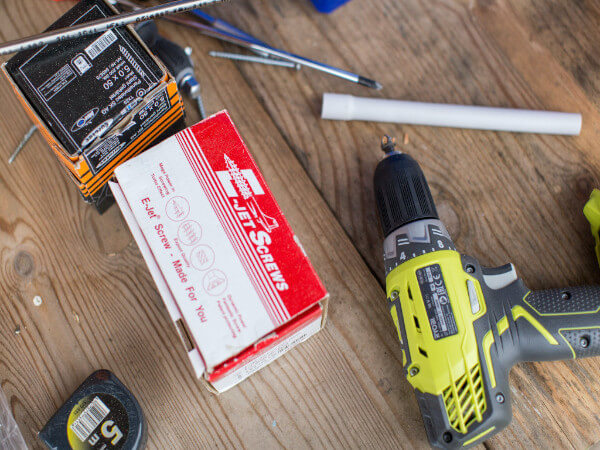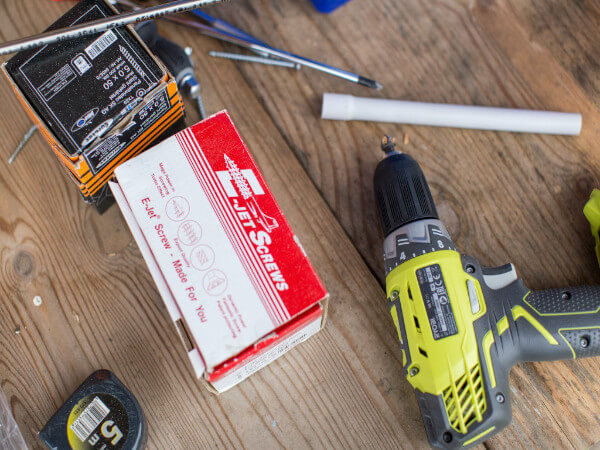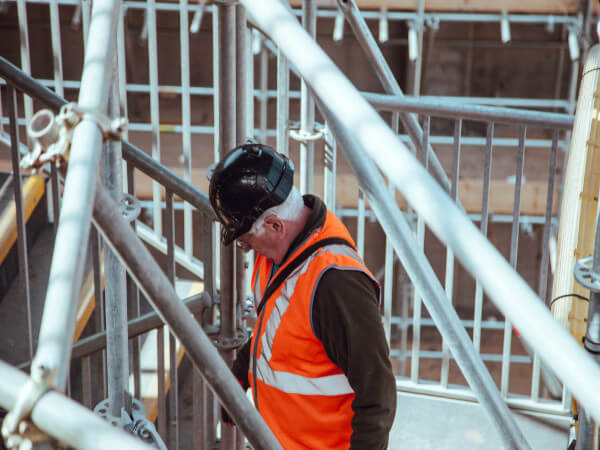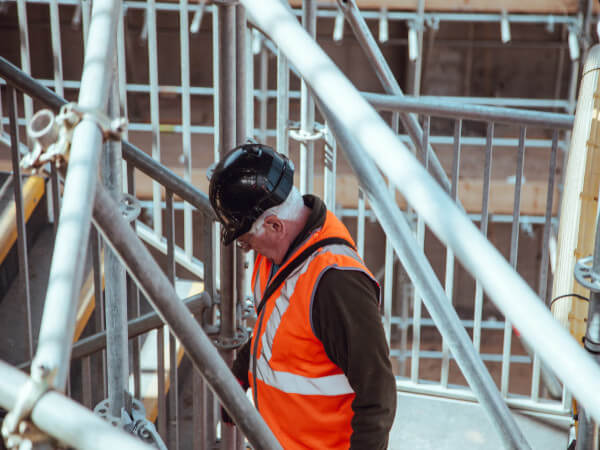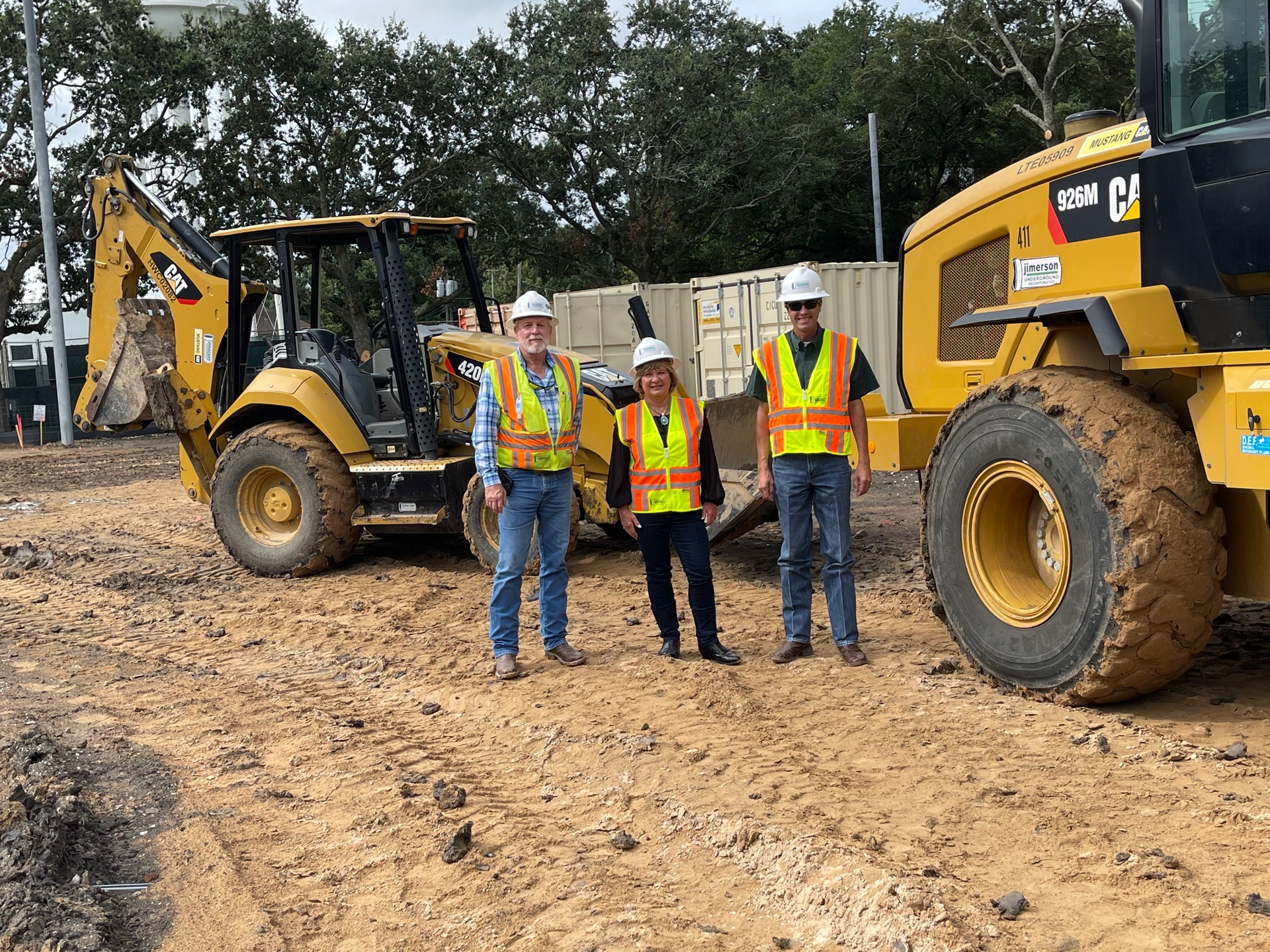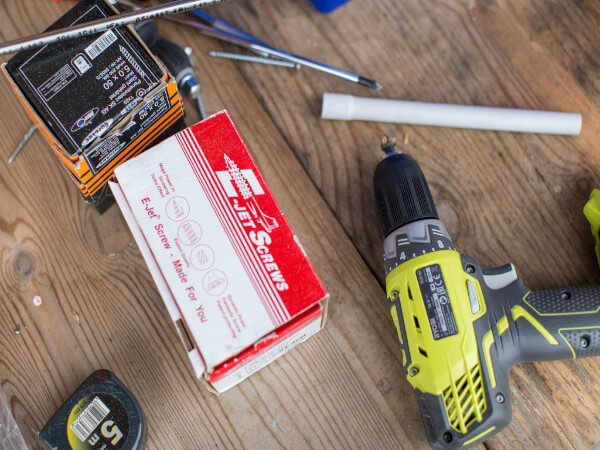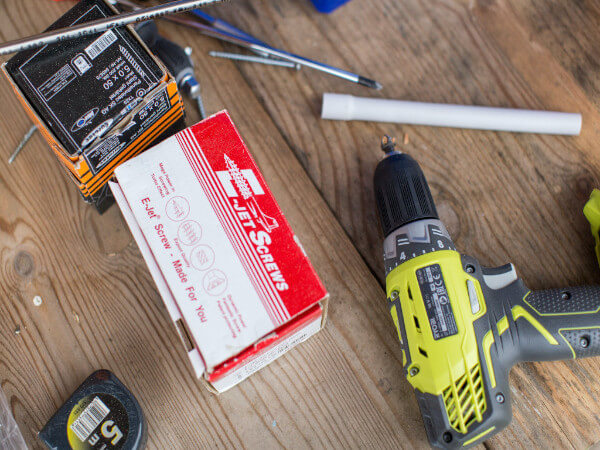Financing companies talk about partnering with clients. They all say it matters. They all say they’re really good at forming solid relationships. But does finding and selecting the right financing partner really matter to construction businesses?
The short answer is a resounding “yes.” Selecting the right financing partner can make or break a business.
The right financing partner will have the resources and expertise in construction equipment the business needs. That partner will integrate into and be committed to the success of their client. This isn’t just for altruistic reasons; when both the client and partner realize success, they both achieve more and grow more.
5 points to consider when choosing a financing partner
Choosing the right financing partner can make a measurable difference in the life of your company. Every business and every financing company is different, but the points below are good indications that you are on the right track in choosing an effective partner.
It’s not all about pricing. A true partner is in it for the long term – literally, in good times and in bad – and is looking for a long-run relationship rather than a one-time transaction. Moreover, you typically will be working with a finance company for a long time – hopefully, for the life of your business. For that reason, you need a relationship that’s more than transactional.It is about information. Good partners will have in-depth questions about your business, your equipment, your goals and your process. They will want to meet in person, in a Zoom meeting and/or over the phone – on an ongoing basis. Keeping up-to-date with you and your business should be a commitment you hear early on from any financing company you meet with.They will push to talk with the right people. A partner that wants to understand your business will work to make sure they meet with the people within your organization who know your processes and who make decisions. They will spend time learning your business, while valuing your time and their own.The average tenure of a business relationship with clients is measured in years. A partner that approaches business from a long-term perspective, versus one that is based on volume and quotas, often works in the best interest of not only itself, but its clients. Ask about the financing partner’s average tenure with clients. Good ones may be three times the industry mean.They won’t be afraid to call out problems or concerns, and challenge decisions. Remember that a real partner is as committed to your success as you are. It’s not about being a “yes man.” They want to learn about your business challenges and then identify financing solutions that can help solve said challenges. Financing is not a one-size-fits-all product; make sure any financing company is tailoring its offerings to meet your needs.
The consultative approach
Companies may hear about financing companies taking a “consultative approach.” But what does that really mean? And is it the best approach?
The consultative approach to business engagement refers to the commitment to learning about clients’ businesses and business models before ever suggesting a financing method or program. Instead of a commodity solution, a consultative approach will result in recommendations that help you achieve your short-term as well as long-term goals.
The approach also works from a position of expertise. A consultant, by nature, is someone with expertise and experience in their field. Working with a financing partner who has experience working in the construction industry, and/or running, a business means they can think like you do. It also means they can think ahead and know the likely challenges you will face. That external perspective – a hallmark of the consultative approach – contributes important knowledge that can help a business stay on track or pivot when needed.
As the financing partner becomes more and more knowledgeable about your company, they can become an extension of your business. In return, you will gain more and more confidence that they’ll deliver what and when they say.
Partner resources
Most of the time, a financing partner will be able to provide financing solutions for your business. However, there are times when a company needs other resources. A good financing partner can be invaluable in these situations, which could include:
Personnel, experts: Perhaps what a business really needs is an interim CFO, a CPA with international experience or a strategic advisory board. A good partner with deep connections in the industry will be able to help with strong referrals and connections.Customized financing programs: Many financing companies will work with generic rates for different industries. While that can be a good place to start, a partner will determine what’s really right for your business and suggested a specific, often-customized, program.Business financing: As economies work to recover from the pandemic, many businesses are finding they need different and additional help to fund the growth they’re experiencing from pent-up demand. A strong financing partner could analyze and provide alternatives, whether it’s a line of credit supported by account receivables, equipment refinance or funding the ramp-up of inventory.
Often, the partner will be able to identify a company’s real needs, looking at a situation through the lens of experience and expertise. Other times, the business will know its needs, but not realize that a financing partner – versus a commodity lender or bank – can help. In times like those, working with a knowledgeable partner makes running and growing the business much easier.

Ivan Franklin, vice president – construction, vendor services, Mitsubishi HC Capital AmericaMitsubishi HC Capital AmericaShared vision, shared success
Solid financing partners are committed to a shared vision and shared success, and to building trust. Any of us who can surround ourselves with people as committed to our success should count ourselves as fortunate. In choosing the right financing partner, a construction business will find additional expertise, resources and flexibility to grow their business efficiently and effectively.
Ivan Franklin is Vice President – Construction, Vendor Services, at Mitsubishi HC Capital America, a provider of financing solutions that are tailor-made for the construction industry.
Did you miss our previous article…
https://www.3555pacific.com/?p=601

